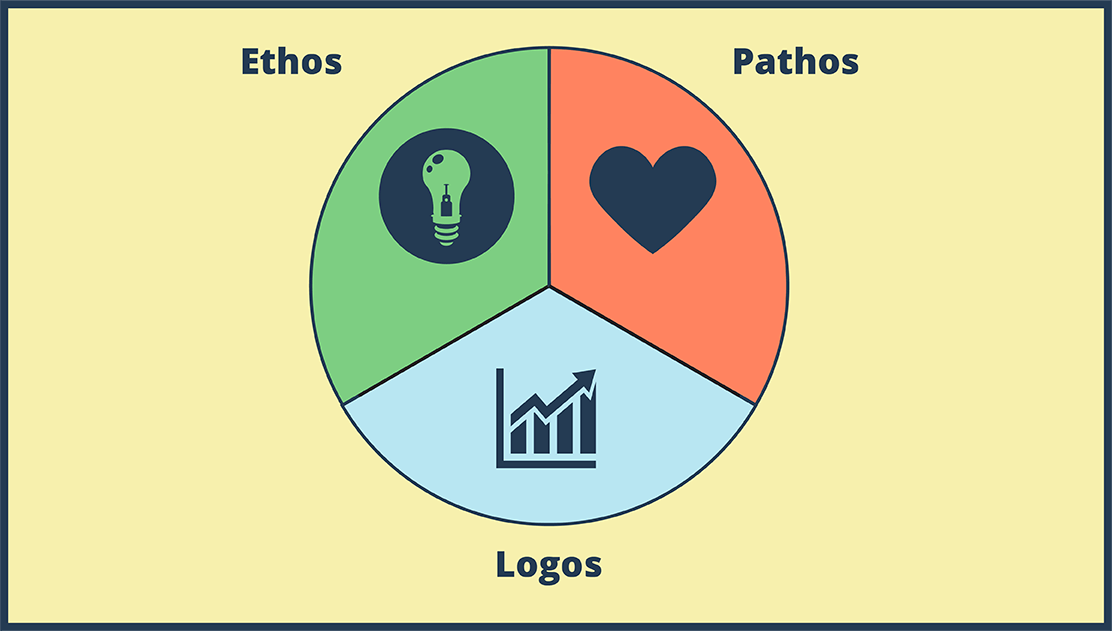Negativní Konstruktivní Řečové Školní Uniformy Příklad

Tento scénář naleznete v následujících článcích a zdrojích:

Rozprava
Plány Lekcí od Kristy Littlehale
Debaty jsou nesmírně užitečné, protože pomáhají studentům zlepšit mnoho důležitých dovedností, které se promítnou do jejich psaní a každodenního života. Mezi nejdůležitější dovednosti, které se studenti naučí, patří: řečnictví na veřejnosti, výzkum, týmová práce, kritické myšlení, samostatné učení a kreativní myšlení.
'
Podívejte se na některé z našich dalších vzdělávacích článků!
Storyboard Text
- DEFINICE CLASH
- If the Negative side does not accept the Affirmative's definitions, outline reasons why, and provide new definitions for those terms.
- TERM #2:
- TERM #3:
- TERM #4:
- DEFINITION #1:
- We the Negative accept the definitions put forth by the Affirmative regarding school uniforms and school-sponsored events.
- KLASOVÉ ARGUMENTY PRO ZMĚNU
- Předkládejte protiargumenty ke každému bodu, který kladná změna přináší. Použijte svůj vývojový diagram a průkazové karty.
- COUNTER-ARGUMENT #4: Finally, we acknowledge the accuracy of the number of detentions issued for dress code violations, but we do not see uniforms as the solution to this problem. The majority of those violations were issued by a few teachers, which suggests that the issue is more subjective than objective.
- COUNTER-ARGUMENT #3: The Affirmative would then have you believe that the average student spends 10-20 minutes picking out their outfits in the morning, but that is not true, either. The vast majority of boys spend maybe 5 minutes; the vast majority of girls pick out their outfits the night before. Extra sleep is not an added benefit of this proposal.
- COUNTER-ARGUMENT #1: The Affirmative would like you to believe that bullying over fashion choices in our school is an epidemic; that simply is not true. Last year, only 1 incident of clothes-related bullying was reported. Furthermore, in a recent school climate survey circulated to students, only 3% responded they had "serious concerns" about bullying in school.
- COUNTER-ARGUMENT #2: Secondly, the Affirmative would like you to believe that all parents are spending hundreds of dollars on their childrens' wardrobes, but they fail to take into account that children outgrow old clothes every year. The wear and tear on our clothes from normal use would be the same on the uniforms, along with outgrowing them. Money would not be saved.
- CLASH PLAN
- Use your evidence cards to outline your counter-arguments to the steps proposed in the Affirmative's plan.
- COUNTER-ARGUMENT #2: Timing is also an issue with this part of the plan. In addition, the school needs to shop around to find the best uniform vendors. If this plan somehow miraculously finds approval for next year, we likely will only have about a month to pick out our uniforms, which leads to ordering/timing issues, and economic hardships for families.
- COUNTER-ARGUMENT #1: The school policy needs to go through a series of steps before it can be approved, including thorough review by the administration, School Council Committee, Parent Review Committee, and then the School Committee. The likelihood of this plan being ready for next year is very small.
- ARGUMENT #4:
- ARGUMENT #1:
- ARGUMENT #3:
- ARGUMENT #2:
- COUNTER-ARGUMENT #4: Just because some of our students' families don't qualify as low-income does not mean that switching to uniforms wouldn't be an economic burden. In addition, a 15% discount for families with multiple children just isn't enough.
- COUNTER-ARGUMENT #3: While we appreciate the idea of a Q&A session for parents and students, not all questions and hypothetical situations can be addressed in one night. In addition, it would be difficult to get lots of parents and students together for an evening that late in the school year with all of the other end-of-school events going on at that time.
- BUILD CASE PRO NEGATIVNÍ
- This is optional. Build your own plan for change.
- STEP #4: Finally, we will suggest a seminar for teachers on appropriate vs. inappropriate clothing so that all teachers are aware of what is and is not allowed under our dress code. In addition, we will suggest two assemblies for students, one at the beginning of the year, and one in the spring, to remind them of the dress code. Hopefully, this will cut down on disciplinary issues.
- ARGUMENT#4:
- ARGUMENT #1:
- ARGUMENT #3:
- ARGUMENT #2:
- STEP #1: We counter that the best way to combat any bullying, if it is happening, is to spread awareness about the dangers of bullying among students, parents, and teachers. If bullying is happening, the school should adopt severe penalties for the perpetrators, and there should be a reporting protocol.
- STEP #3: If extra student sleep in the mornings is such a concern, we will propose starting the school day 10 minutes later and cutting down the travel time between classes to help students get more rest.
- STEP #2: We will suggest that the school partner with local businesses, many of whom are willing to offer discounts on clothing items to students who show their student IDs. This will help defray some of the costs associated with back-to-school clothes shopping.
Vytvořeno více než 30 milionů Storyboardů




